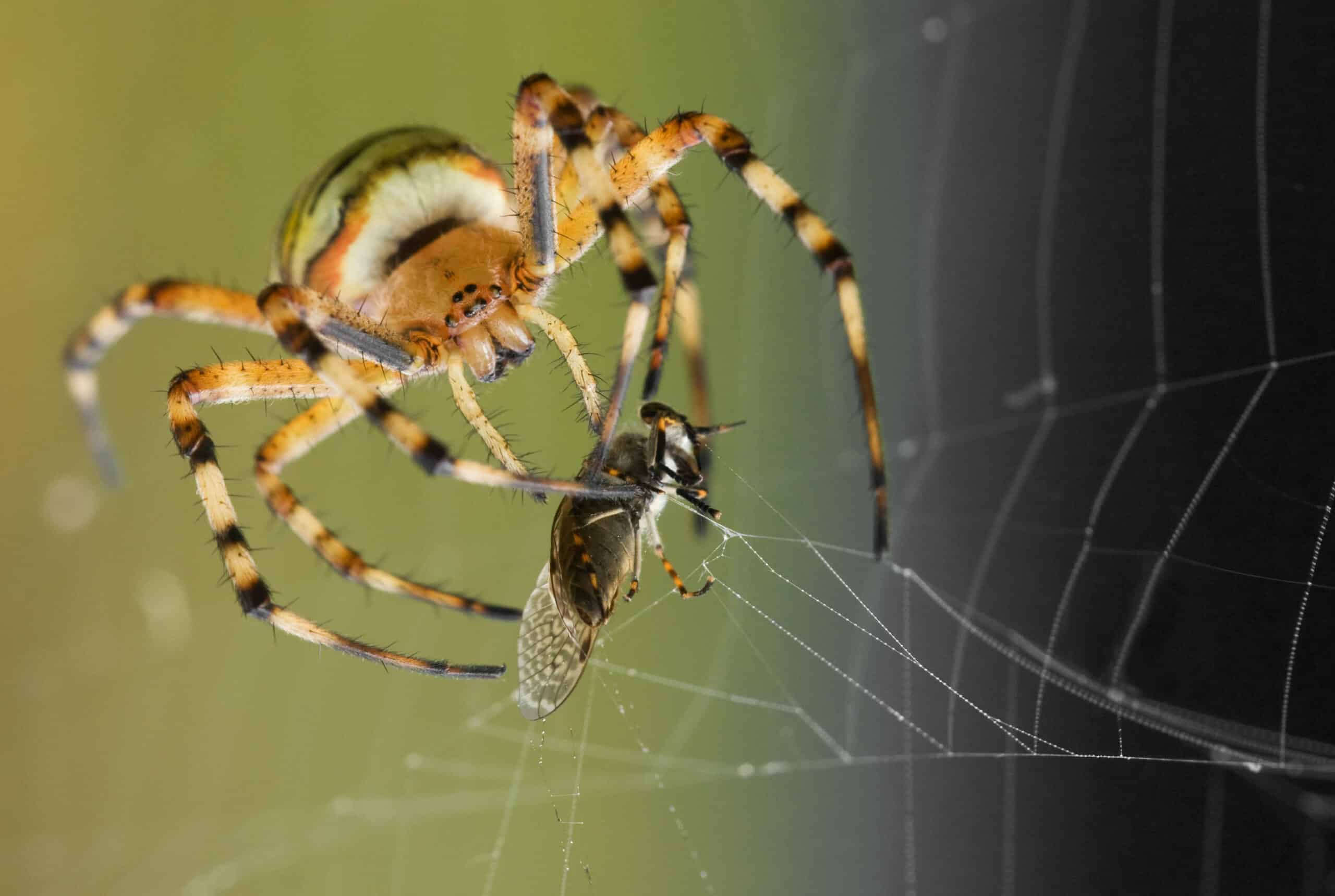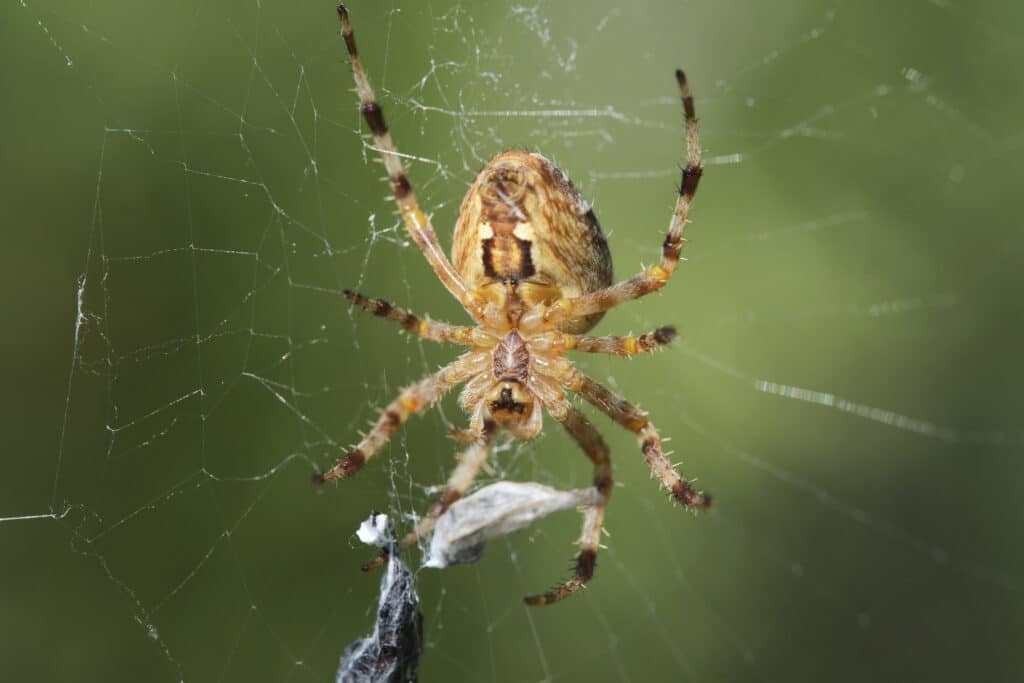
Differences Between Spiders and Insects
Quick Facts About Spider and Insect Differences
While both may trigger the same feelings of surprise when found in your home, spiders and insects have distinct characteristics that set them apart. Understanding these differences can help Tennessee homeowners identify what type of pest they’re dealing with.Key Identifying Features
- Body Structure: 2 sections (cephalothorax and abdomen)
- Legs: 8 legs (4 pairs)
- Eyes: Typically 8 simple eyes
- Wings: Never have wings
- Antennae: No antennae, use leg sensors instead
Insect Characteristics
- Body Structure: 3 sections (head, thorax, abdomen)
- Legs: 6 legs (3 pairs)
- Eyes: 2 compound eyes with multiple lenses
- Wings: Most have wings at some life stage
- Antennae: All have antennae for sensing
Shared Traits
- Both are arthropods with exoskeletons
- Both molt as they grow
- Both are found year-round in Tennessee homes
- Active seasons vary by species, with increased activity in warmer months
What Do Spiders and Insects Look Like?
Both spiders and insects are arthropods, meaning they have jointed pairs of legs, distinct body sections, and hard, protective coverings called exoskeletons. Additionally, both shed their exoskeletons as they grow. However, the similarities between spiders and insects stop there. While insects range from honey-making bees to fluttering butterflies and stinging wasps, all spiders are fanged, venom-injecting arachnids.
Key Identifying Features
- Body Structure: Spiders have two body segments (cephalothorax and abdomen), while insects have three (head, thorax, and abdomen).
- Leg Count: One of the most obvious differences between spiders and insects is their leg count. Spiders have four pairs of legs (8 total), while insects have three pairs (6 total).
- Wings and Antennae: Insects have wings in at least one stage of their lives and all have antennae to touch, taste, or smell their environment. Spiders never have wings or antennae, instead relying on sensory organs in their legs.
- Eyes: Spiders typically have four pairs of simple eyes, while insects have two compound eyes with countless lenses that allow them to see from various angles at once.
Related Species
While spiders belong to the class Arachnida along with scorpions, ticks, and mites, insects make up the class Insecta, which includes ants, beetles, butterflies, and many others. These classifications highlight fundamental differences between spiders and insects in their biology and behavior, important distinctions for effective pest management.
Health & Property Risks
Health Concerns
Despite their fearsome reputation, most spiders pose minimal health risks compared to many insects, though certain species can cause concerning bites.
- Spider Bites: While most spiders are harmless, species like black widows and brown recluses can deliver painful, potentially dangerous bites.
- Insect-Borne Diseases: Many insects can transmit diseases to humans, either through bites (mosquitoes) or contamination (cockroaches, flies).
- Allergic Reactions: Both spider bites and insect stings can trigger allergic reactions in sensitive individuals.
Property Damage
The potential for property damage varies significantly between spiders and insects.
- Spider Impact: Spiders typically cause minimal property damage, mainly aesthetic issues from webs.
- Insect Destruction: Many insects, particularly termites, carpenter ants, and wood-boring beetles, can cause significant structural damage to homes.
- Food Contamination: Several insect species can infest and contaminate food stores, while spiders rarely affect food supplies.
Where to Look for Spiders and Insects in Your Home
Understanding the differences between spiders and insects can help you identify potential hiding places in your Tennessee home. Spiders typically prefer dark, undisturbed areas like basements, attics, and crawl spaces, while insects may be found near food sources, in wall voids, or around moisture-prone areas.
When to Call Professional Help
While knowing the differences between spiders and insects is helpful, professional intervention becomes necessary when you notice: multiple spider webs forming in living areas; recurring sightings of dangerous spider species; large numbers of insects despite DIY treatments; or signs of structural damage from wood-destroying insects. These situations require expert assessment and targeted treatment approaches.Schedule a Free Inspection
Whether you’re dealing with spiders, insects, or both, you can depend on U.S. Pest Protection to send them all packing. From our knowledgeable, experienced pest professionals to our innovative pest control technology, you’ll enjoy peace of mind when you choose our services.

